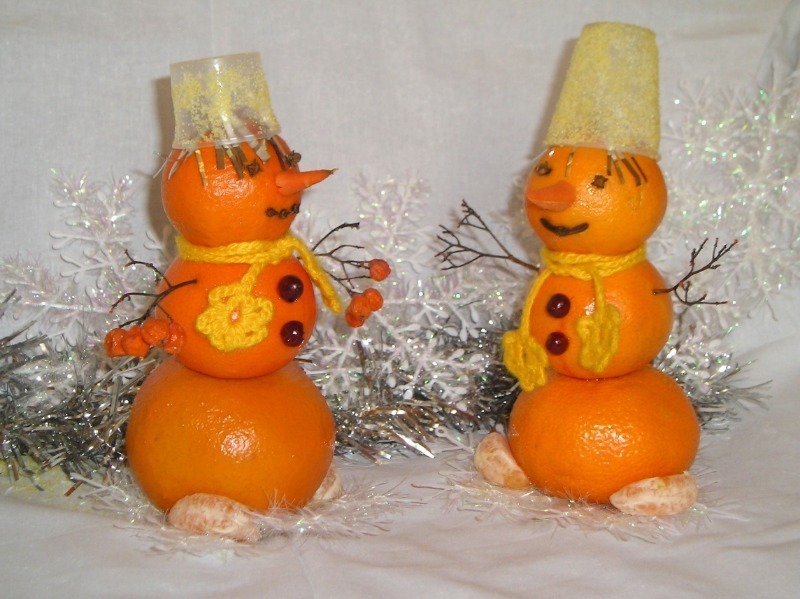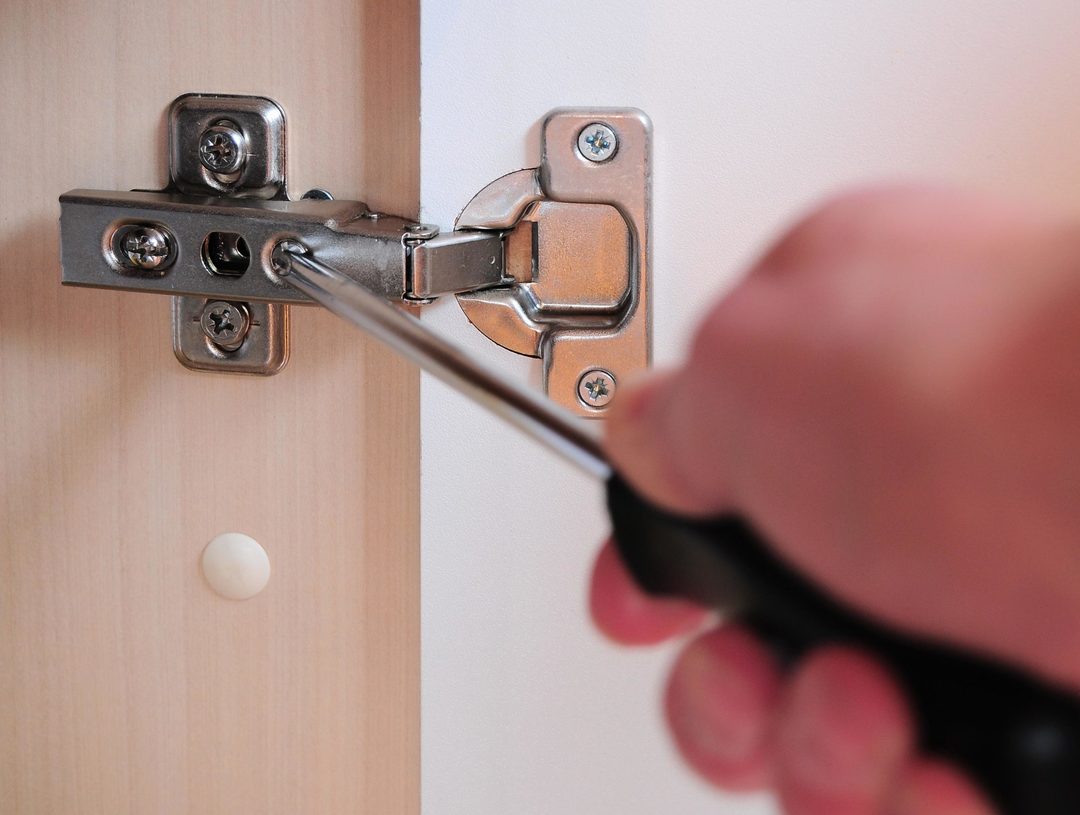Contents:
- Timely washing of cutlery
- Folk remedies
- Special tools
Although stainless steel is quite resistant to the environment, it does not blacken as fast and intensely as silver, but still sooner or later the question arises as to howclean the cutlery from this metal.
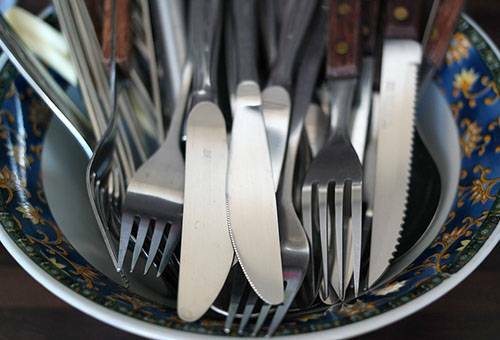
Timely washing of cutlery
Fat with time creates on the surface of cutlery an unpleasant in appearance dark plaque, water with a high percentage of hardness salts and some food products lead to tarnishing of the metal.
As with all dishes, forks and spoons, it is important to cleanse regularly of food residues after meals using detergents and sponges. This will save you from having to wipe away the dried and stained spots of incomprehensible origin. In order not to damage the coating of stainless steel, do not use abrasive agents and hard brushes or scouring pads.
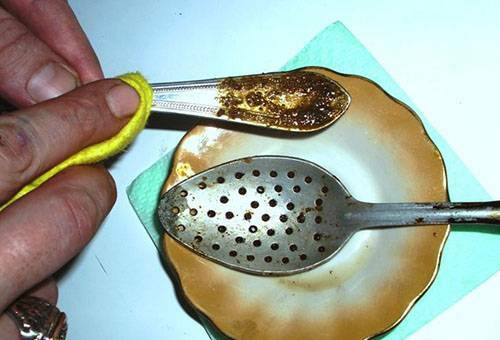
Folk remedies
- As for silver, for products made of stainless steel, dentifrices are well suited - that the powders are pastes. Powder is usually cheaper, but pasta is more convenient due to its structure. However, and the powder can be diluted with water to the consistency of sour cream, to work it was more convenient. The tool for cleaning can be anything - an old toothbrush, a rag, a sponge, etc.
- To make household appliance glitters use a very simple means - raw potatoes. It is cut into several pieces and wiped with spoons and forks, which then must be rinsed with water, so that they do not have a whitish coating and streaks from the starch. Instead of raw potatoes, you can use potato broth - water, in which the potatoes were cooked. In this liquid, the instruments are soaked for a while or simply wiped with a cloth soaked in a "broth".
- It is effective against a variety of contaminants on stainless steel mustard. Its solution in warm water is cleaned with a cloth, a sponge or an old toothbrush, which is especially convenient for hard-to-reach places, for example, between the teeth of the fork. You can also add baking soda to the mustard.
- The coffee grounds are soft enough to not scratch the surface of the spoons and forks, but at the same time effectively wash off old enough soiling. There is no need to brew coffee specifically for this purpose: the sipping thick, left in a cup or a Turk, will fit perfectly.
- From tea plaque and mineral deposits on appliances made from stainless steel table vinegar, common or apple, is good. It is wetted with a rag or sponge and wipes the instruments or dissolves the vinegar in water and soaks them there for a while. Instead of vinegar with the same result, you can use lemon, and in its absence and citric acid.
- With activated or charred milk and dairy products, activated charcoal fights efficiently. Several tablets should be dissolved in a pot of water and lowered there instruments for 15-20 minutes.
- If there are a lot of devices, and there is not enough time to clean them, then you need to collect a pot of water, add a tablespoon of salt and soda and put the water to warm for 15-20 minutes. It is not necessary to bring it to a boil, but the temperature should be high enough.
- How do I clean the spoons and forks in the country or picnic? For this, ash from a fire is suitable. It is effective not only for appliances made from stainless steel, but also for any cookware in principle.
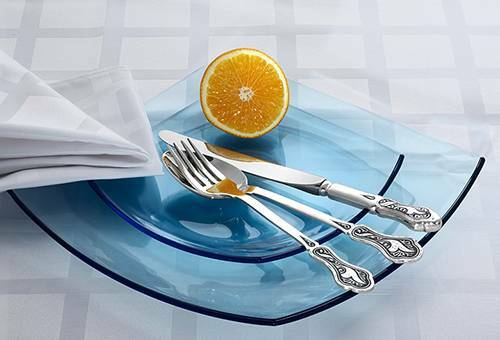
Most of the folk remedies used for cleaning stainless steel are completely harmless to human health. But still they tasted a little unpleasant, so after removing dirt, cutlery should be thoroughly washed with water.
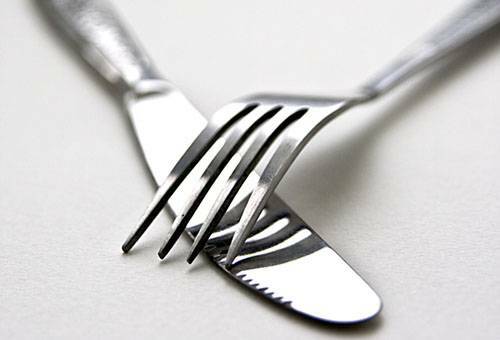
Special tools
An aggressive enough, but effective means for returning cleanliness and glossiness to cutlery, removing any kind of plaque - Domestos. But work with this product is necessary in gloves, and then very carefully wash the spoons and forks, especially between the teeth and in various notches, first with the usual means for the dishes, and then with running water so that there is not a trace of Domestos left. Instead, it can be used any similar means with a significant content of chlorine.
Of course, there are specialized compounds for cleaning utensils from a wide variety of metals, including stainless steel. When used at home, it is important to carefully read the information on the packaging and follow the instructions for use. But it should be understood that such funds are not all-powerful and rarely are much more effective than time-tested and, moreover, absolutely safe national recipes.

